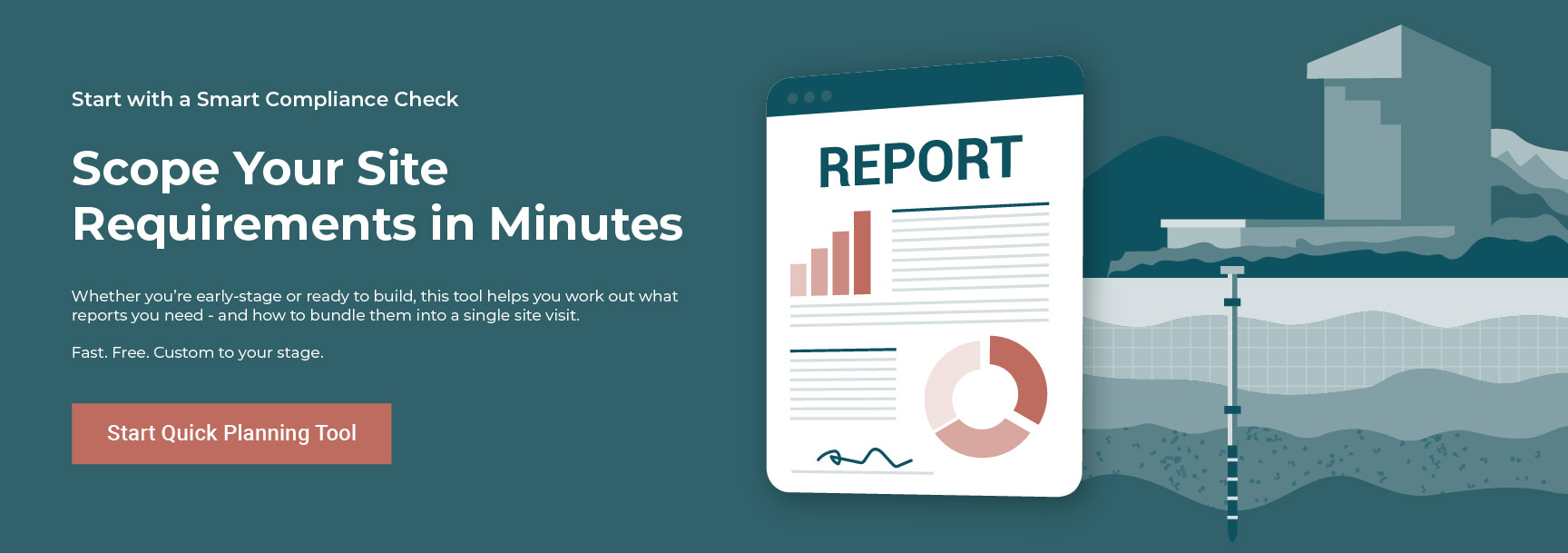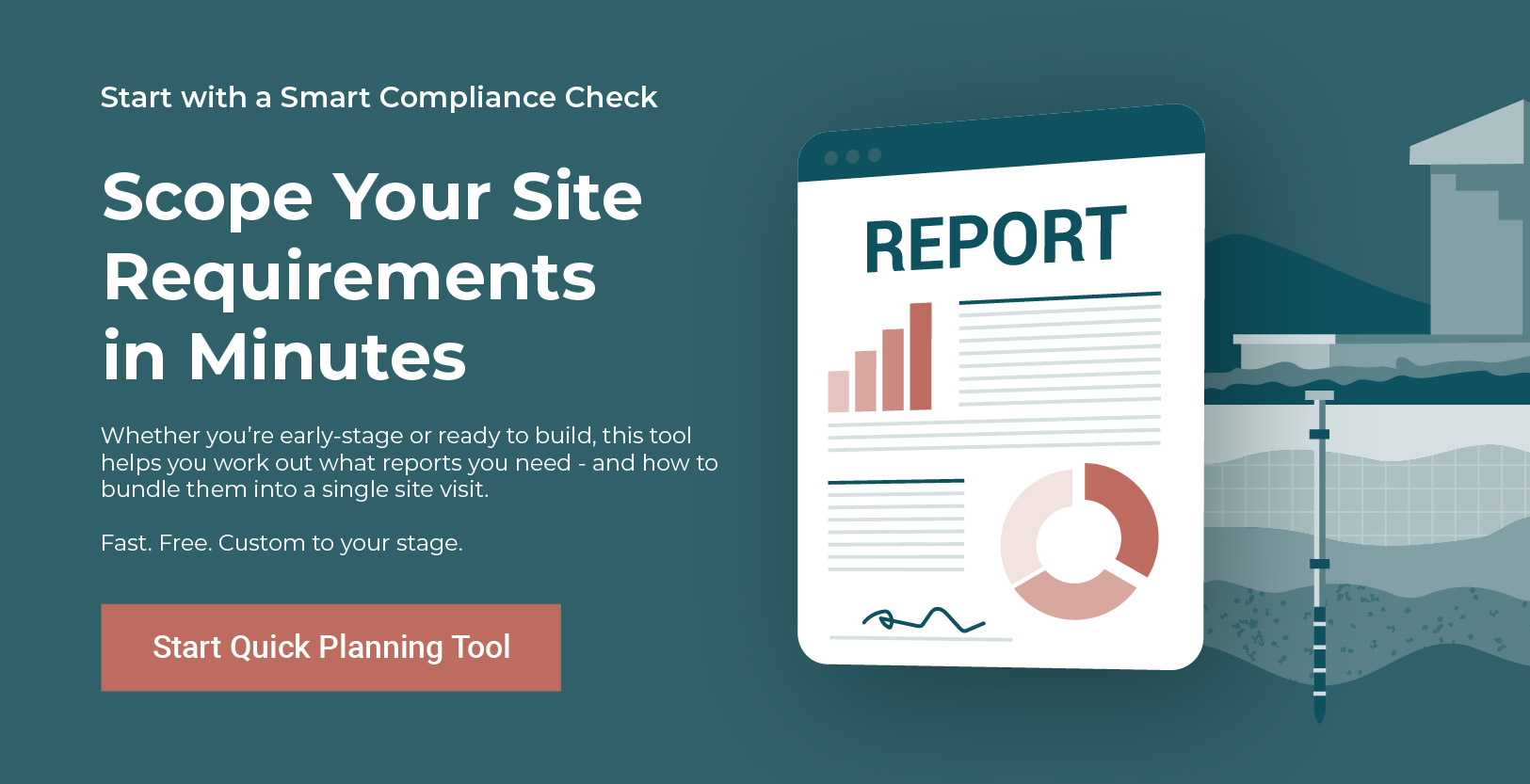The incoming EPA 2026 reforms and new contaminated land legislation 2026 will reshape how environmental compliance is managed in NSW and Queensland. Developers, industrial operators, consultants, and councils must understand key changes to EPA authority, reporting obligations, and land contamination law. This article clarifies the reforms, explores impacts for contaminated land, and offers a proactive roadmap to develop compliance strategies ahead of time.
Introduction
From 2026 onward, the landscape of environmental regulation in Australia will shift decisively. Through the passage of the Environmental Legislation Amendment Act 2025 (NSW) and anticipated reforms in Queensland, the concept of environmental compliance evolves—with tougher obligations, broader definitions of pollution, and increased enforcement risk.
As a leader in environmental construction consulting, land remediation, and compliance advice, we at Nova Group Pacific see this as a watershed moment. Our clients—developers, operators, local councils and environmental consultants—will need more than reactive responses: they will require strategic, future-proof frameworks. In this article, we explain the critical changes ahead, assess their implications for contaminated land management, and guide you through early steps to build compliance resilience.
Key Changes in EPA Frameworks: NSW & Queensland
NSW: The Environmental Legislation Amendment Act 2025 and Emerging EPA Powers
The new Act, which was assented to in September 2025, brings significant amendments across the Protection of the Environment Operations Act (POEO) and related statutes. Some of the most consequential changes (effectively part of the EPA 2026 reforms) include:
1. Revised Pollution Incident Reporting Threshold
The threshold for a duty to notify a “pollution incident causing material harm” is elevated. The new financial trigger is proposed to move from $10,000 to $50,000 in damages. This means fewer events may require immediate EPA notification legally—but internal risk management cannot treat this as a green light to under-report.
2. Expanded Definition of “Land Pollution”
The amendments broaden the statutory definition: land pollution will encompass contaminants “placed in or on” buildings, infrastructure, or over or under land. This has the effect of capturing contamination in unexpected settings—e.g. buried utilities, slabs, and even soil within structures.
3. Permitted On-site Reuse of Asbestos Waste under Conditions
Historically, asbestos-containing waste has faced strict prohibitions on reuse. Under the amendments, on-site reuse (i.e. reuse in the same property) may become permissible—if managed under a voluntary management proposal or covenant instrument satisfying EPA discretion. That said, the conditions for that reuse are stringent and will be scrutinised.
4. Stronger Regulatory and Enforcement Tools
- Notices registered on land title: Clean-up or prohibition notices may be formally registered on the title, alerting future purchasers or financiers.
- Benefit recovery and personal liability: The EPA may pursue monetary recovery from responsible persons—including directors and related entities—for environmental harm or cost of action.
- Increased penalties: The reforms boost maximum fines for major offences and clarify that EPL (environmental protection licence) obligations cannot be delegated unless expressly permitted.
- Enhanced licensing conditions: Particularly for industries with greenhouse gas emissions or chemical management obligations, new requirements may be embedded in EPLs (for instance, mandating climate adaptation or chemical risk controls).
These changes shift the balance: the EPA now has broader oversight, deeper reach, and more leverage.
Start with a Smart Compliance Check
Scope Your Site Requirements in Minutes
Whether you're early-stage or ready to build, this tool helps you work out what reports you need and how to bundle them into a single site visit.
Fast. Free. Custom to your stage.
Queensland: Strengthened Enforcement & Duty to Restore
Queensland has already enacted a suite of reforms that point toward stricter contaminated land obligations ahead of 2026. Key reforms include:
- Duty to restore the environment: The EPOLA Act 2024 introduces a statutory obligation that those who cause or permit unlawful environmental harm must restore it “as far as reasonably practicable.”
- Clarified definitions of serious and material environmental harm: The amendments refine definitions to reduce ambiguity, making it clearer when an impact is reportable or actionable.
- Stronger regulatory tools: The Queensland EPA gains additional authority for environmental enforcement orders, investigations, and remedial mandates.
- Consultation proposals for environmental reform: The Queensland Government is consulting on further legislative changes to modernise frameworks, including shifting low-risk activities to codes of practice and tightening assessment protocols for contaminated land.
Developers or consultants working across state borders should assume that Queensland will align more closely with NSW’s emerging posture by 2026.
Impacts on Contaminated Land Management
Understanding how these regulatory shifts influence contaminated land practices is essential for risk management and strategic planning.
Expanded Liability & Increased Transparency
- With notice registration on title, contaminated-land obligations or clean-up orders stay linked to properties and follow them through transactions.
- The broadened pollution definitions catch more types of contamination (even within structures or buried infrastructure).
- Benefit recovery liability and increased penalties expand financial exposure—even for past actors.
More Rigid Site Investigation & Remediation Standards
- Regulators will expect higher-fidelity site characterisation (delineation of contaminant plumes, multiple lines of evidence, tracer modelling).
- Remediation designs must be defensible under future scrutiny—institutional controls, capping, or containment may replace wholesale excavation in some contexts.
- On-site reuse of contaminated material (e.g. asbestos waste) will be closely evaluated; the margin for error is small.
Elevated Reporting & Incident Response Complexity
- The higher reporting threshold does not eliminate risk: failure to report or manage pollution under revised definitions may still lead to enforcement.
- Internal protocols must be updated to detect emerging events below the new threshold but with cumulative or indirect impact.
- Auditing and compliance verification will become standard practice in remediation projects.
Cost Pressures & Project Timeline Risk
- Increased sampling, data collection, validation, and long-term monitoring raise project budgets.
- The more rigorous regulatory environment will likely introduce delays at development and permitting stages, particularly for land with prior industrial use or contamination history.
Market and Transaction Risks
- Potential purchasers, financiers, and insurers will factor in the presence of site notices or covenants. Due diligence processes will intensify.
- Projects without early clarity around contamination will face “unknown risk” premiums or conditional approvals.
How to Prepare Compliance Strategies Early
Proactive preparation between now and 2026 is the difference between smooth approvals and costly remediation surprises. Here’s our recommended roadmap:
Phase 1: Regulatory Gap Analysis & Strategy Foundation
- Conduct a gap analysis comparing your current contamination management, licence compliance, and reporting procedures against the incoming reforms.
- Engage external legal or regulatory advisors to interpret the new Acts and draft applicable risk matrices.
- Identify priority sites and projects (those with known contamination, industrial legacy, proximity to sensitive receptors) for early focus.
Phase 2: Enhance Site Characterisation & Risk Modelling
- Undertake detailed Phase II / delineation assessments, including contaminant transport modelling, multiple receptor pathways, and worst-case scenarios.
- Use higher-tier modelling and validation to test robustness of remedial assumptions under stricter honour-of-proof conditions.
- Ensure all data collection follows NATA-accredited laboratories, rigorous QA/QC, chain-of-custody protocols, and defensible reporting.
Phase 3: Remediation Design with Regulatory Foresight
- Integrate remediation and infrastructure design early to reduce duplication (e.g. utility layout, capping, drainage).
- Evaluate institutional and engineering controls (barriers, caps, ongoing monitoring) rather than wholesale excavation where feasible.
- If considering on-site reuse of asbestos-contaminated materials, design voluntary management proposals or covenants that satisfy anticipated EPA standards.
Phase 4: Update Governance, Reporting & Incident Protocols
- Revise Pollution Incident Response Management Plans (PIRMPs) to reflect new definitions, thresholds, and escalation paths.
- Train operational staff to detect, record, and escalate events that may approach the new reporting threshold.
- Establish internal triggers to assess and document events even below the legal notification threshold.
Phase 5: Engage Regulators and Stakeholders
- Where feasible, submit voluntary management proposals or remediation schemes ahead of enforcement to gain regulatory buy-in.
- Engage in public consultation processes for EPL reforms, climate condition proposals, or environmental policy updates (especially in NSW).
- Establish or propose positive covenant arrangements or title instruments to formalise long-term stewardship.
Phase 6: Build Governance, Monitoring & Adaptive Management
- Implement robust data management systems that ensure traceability, transparency and audit readiness.
- Embed long-term monitoring, maintenance and review cycles into remediation plans.
- Include contingency pathways to adapt to further regulatory or scientific shifts (emerging contaminants, revised thresholds).
Phase 7: Stakeholder Communication & Assurance
- Use comprehensive site reports, audits, and management plans to build confidence with lenders, councils, investors, and future purchasers.
- Disclose any registered notices or covenants transparently and defensibly within transaction documentation.
- Use communications to highlight that compliance strategy is robust, forward-looking, and managed by expert consultants.
Conclusion
The EPA 2026 reforms, encompassing new contaminated land legislation 2026 and elevated environmental compliance Australia standards, represent a fundamental shift in regulatory expectations. In both NSW and Queensland, the reforms broaden liability, enhance enforcement power, raise reporting thresholds, and intensify the scrutiny on remediation practices.
For developers, environmental consultants, industrial operators and councils, the time to act is now. Waiting for the reforms to land is not a strategy—it is a risk.
At Nova Group Pacific, we offer deep expertise in environmental construction consulting, remediation design, contamination auditing, and regulatory compliance. We help clients:
- conduct gap-analysis against incoming reforms
- develop defensible site investigations and remedial designs
- prepare compliance strategies, reporting frameworks, covenant instruments
- engage regulators and manage stakeholder assurance
If your project or operation may be impacted by the 2026 reforms—be it land acquisition, redevelopment, industrial site management, or remediation planning—Get in touch now to schedule your compliance strategy consultation. Let us guide your project through the evolving EPA landscape in order to safeguard your project’s future, mitigate regulatory risk, and position you ahead of change.

 Get Your Free Site Assessment
Get Your Free Site Assessment









 Get Your Free Site Assessment
Get Your Free Site Assessment









.png)








